A new year provides many of us the opportunity for a fresh start. Aside from you personal resolutions this year – be it your health, weight loss, saving money, etc. – consider also your business resolutions for the new year. It’s remarkable to me that many companies – large and small – still don’t take the time to refresh their marketing goals each year to help them reach their projections and business goals. So why not take some quiet time today with no phones or distractions to sit and think about what goals you would like your business to accomplish this year. To help kick-start your thinking, here are my suggestions for 10 must-do marketing communication approaches for you to consider in 2015:
- Create a mobile responsive website – mobile Internet usage is expected to overtake desktop usage as more people migrate so smartphones and those smart phones have become the primary way the access the Internet. Ensuring your website is coded to quickly load and adapt to the size of the mobile or table screen size is no longer an option for either being found on mobile search engines or transacting with your clients and customers.
- Develop an actionable social media plan – Forget about trying to adapt to the latest social media channel. Rather, fully understand who is your customer, and then select the social media network that best appeals to that target audience. Do one or two social media networks effectively rather than many with half the effort. Lastly, invest the time and resources. If you use Houzz, for instance, invest in the professional version if you can afford it and it is where your customers are looking for you. If you use Facebook, set aside a budget to acquire likes as well as boost your posts.
- Invest in digital advertising – This is no longer a “nice to have” and is now a must for reaching more mobile, more social and more elusive prospects who are not consuming traditional media as before. In addition to better reaching prospects and customers, digital adverting benefits include the ability to be more focused in your advertising, thus it can be more cost-effective by reducing wasteful spending on non-customers, and finally it is much more measurable than traditional media.
- Multicultural marketing – It’s time to take this off the back burner. Did you know that by 2042, Caucasians will be the minority in the U.S.? The demographical shift in this country is undeniable and those that ride the trend rather than try to buck it will be the long-term economic survivors of the future. Invest in the expertise it takes to reach ethnic populations in way that is culturally-relevant, and not through simple translations.
- Don’t forget the importance of face to face interactions – It is easy to get lost in the world of digital, mobile and social and forget that at the end of the day, we are dealing with people. Take time to take your clients to lunch, attend a meeting in person rather than a conference call, or make the effort to attend a clients’ event, for example. No amount of sophisticated marketing can take the place of a good relationship. Clients will select you because you are capable of doing the job, but also because they want to work with you.
- Focus on your customer service – Service is an extension of marketing. Why? Well, all your marketing will go to waste if a customer or client has a bad experience because of a service issue. Not only that, research shows they tell people about their bad experience much more often than the good. On the contrary, good service, and thus a good brand experience, pays huge dividends especially in the world of Yelp and other feedback sites. If you have the resources, invest in a customer relationship management (CRM) tool to track your customer engagements and provide personalized service when possible.
- Work smarter not harder – With so many ways to reach today’s client, it is easy to get overwhelmed by the amount of time needed to invest in marketing. Seek the type of productivity tools that not only save you time, but allow you to be more effective in reaching your clients and measuring the impact your efforts are having. Tools like HootSuite, Evernote and Pages Manager increase your productivity and save you valuable time.
- E-mail still a valuable marketing tool – Contrary to what many believe, e-mail marketing is not only alive and well, it is thriving for many and on mobile. In fact, nearly 45 percent of all marketing emails are opened on mobile devices, according to McKinsey & Co. This type of open rate far outperforms other traditional or social marketing approaches. Combine this with the fact that 91 percent of consumers use e-mail daily, it is a recipe for success. Now think about the design and layout of your e-mail – is it easy to read, organized well-branded and attractive? Finally, your content and offers must be compelling, relevant and valuable to your audience and ensure people are opting in to your e-mail marketing to not violate spamming laws. Finally, make sure you have a good e-mail list because your message is only effective if it is successfully reaching the right audience.
- Fight the search engine battle – Search Engine Optimization (SEO) has changed dramatically. Gone are the days of loading your page with key words and phrases and focusing on back linking. It is now a day-to-day battle to maintain your organic search ranking, and you must invest in ongoing SEO to succeed. Search engines like Google are constantly altering their algorithyms to determine what sites are relevant and they are not focused solely on the words or phrases being searched. Relevant and useful content, blog articles and social media are among the approaches providing the best organic search results.
- We still live in a visual world – Invest in compelling photography and video to tell your corporate story and feature your goods and services. On social media, research shows that posts with photos and videos have greater engagement than those that do not. Social sites that focus on visuals and video, such as Instagram and Pinterest are among the fastest-growing and YouTube is still the most searched database after Google.




